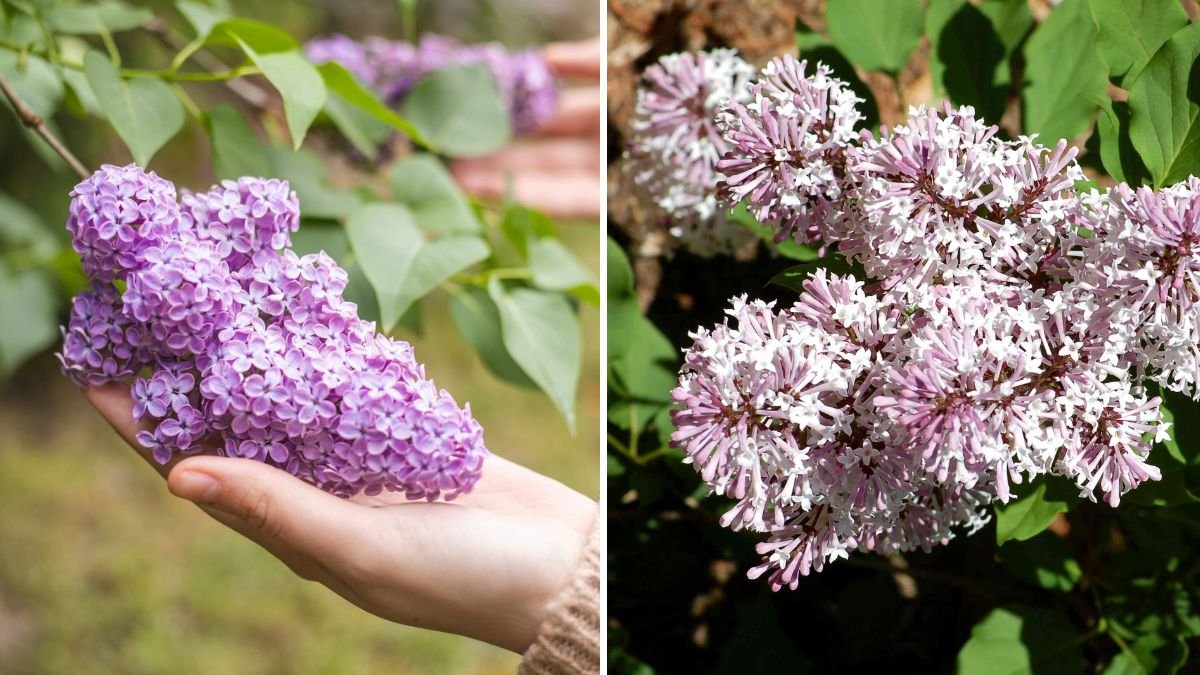Lilacs are iconic garden shrubs, admired for their fragrant, colorful blooms and their ability to signal the arrival of spring. With shades ranging from soft lavender to deep purple and even white or pink, lilacs are a gardener’s delight. However, most gardeners are familiar with the challenge that lilacs bloom only once per year, leaving a long period without flowers despite their lush foliage.
With proper care, pruning techniques, and strategic fertilization, it is possible to encourage lilacs to bloom more than once a year, providing multiple flowering seasons and an extended period of garden beauty. This guide explores the science, methods, and practical tips for getting lilacs to thrive and flower more frequently.
1. Understanding Lilac Blooming Cycles
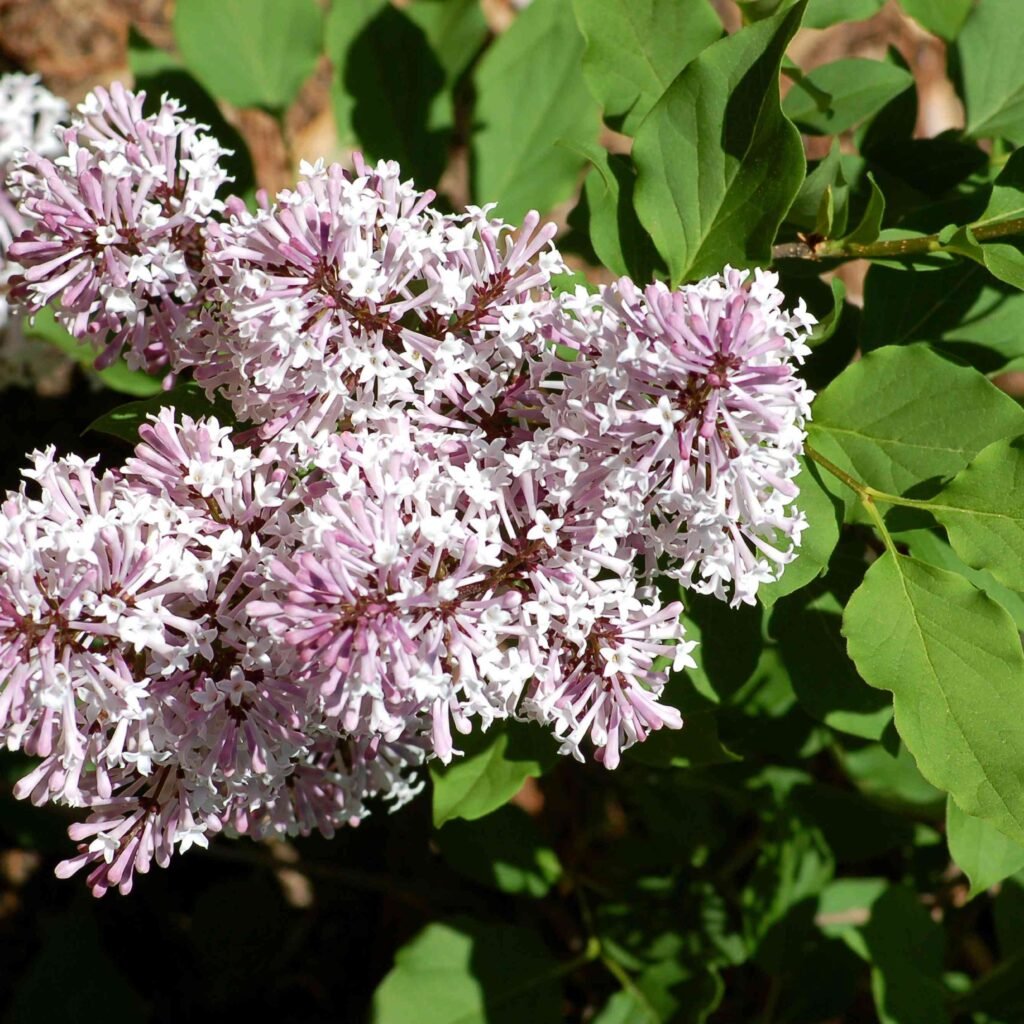
To encourage multiple blooms, it is important to understand how lilacs naturally flower:
- Lilacs bloom on old wood, meaning the flower buds develop on stems that are one year or older.
- After flowering, the plant focuses energy on leaf and stem growth, rather than producing new blooms.
- Improper pruning or stress can reduce the number of flowers, causing lilacs to bloom poorly or not at all the following year.
Tip: Successful repeat blooming depends on balancing energy between foliage, stems, and flower buds.
2. Choose the Right Lilac Varieties
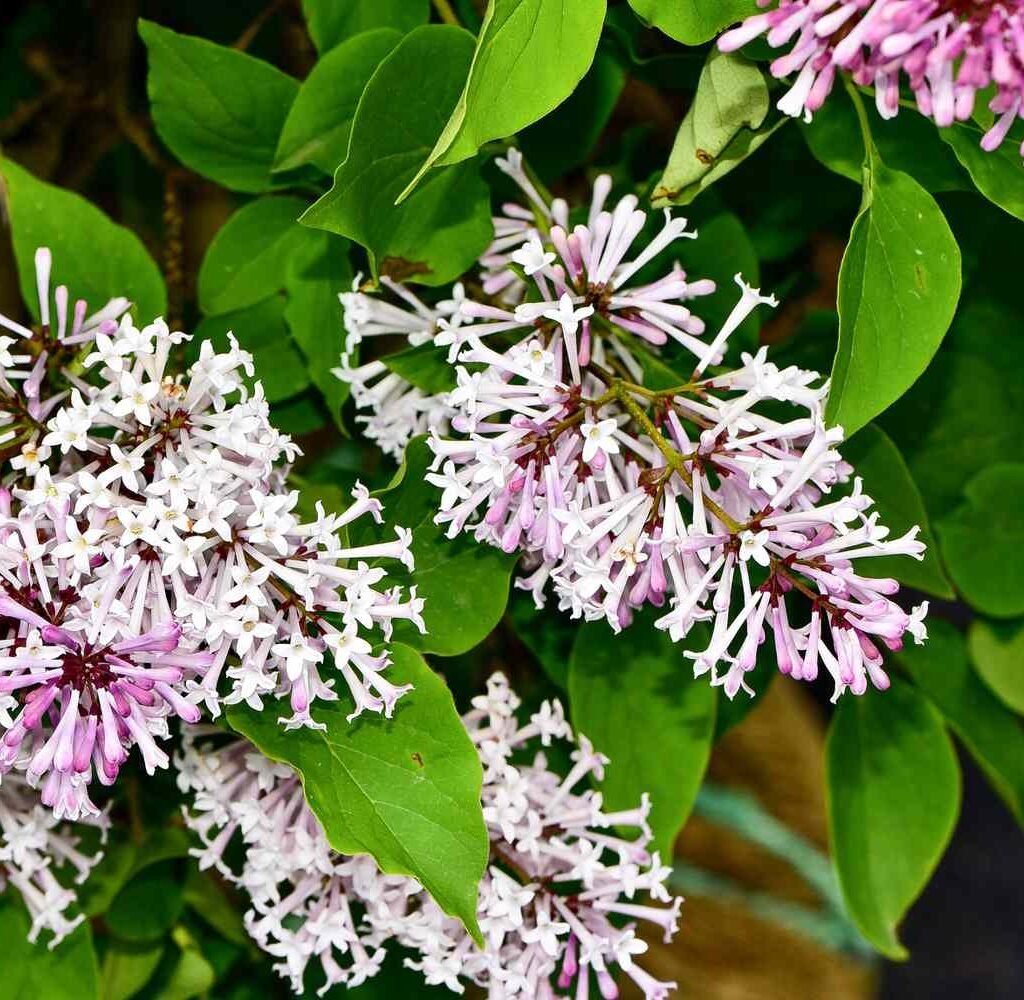
Not all lilac species are equally capable of blooming multiple times. Selecting varieties with reblooming tendencies increases your chances of extending flowering.
Recommended Reblooming Varieties
- Syringa × prestoniae ‘Miss Canada’ – Reblooming and hardy.
- Syringa vulgaris ‘Bloomerang’ series – Classic reblooming lilacs that produce flowers in spring and again in summer/fall.
- Syringa meyeri ‘Palibin’ – Compact variety suitable for small gardens, sometimes produces multiple bloom cycles.
Tip: If your goal is two or more flowering periods, invest in reblooming cultivars, as traditional lilacs are typically spring-only bloomers.
3. Prune Strategically to Encourage Reblooms
Pruning is the most important factor in stimulating additional blooms:
- After Spring Bloom: Remove spent flowers immediately to prevent seed formation. This directs energy back into the plant for vegetative growth, which can produce secondary flower buds.
- Thin Old Stems: Remove 20–30% of the oldest stems each year to encourage new shoots that will bear future flowers.
- Light Summer Pruning: After the first bloom, you can lightly prune to shape the plant and encourage lateral growth, which may produce summer blooms.
Tip: Avoid heavy pruning in late summer or fall, as this may remove next year’s flower buds, reducing spring blooms.
4. Optimize Sunlight Exposure
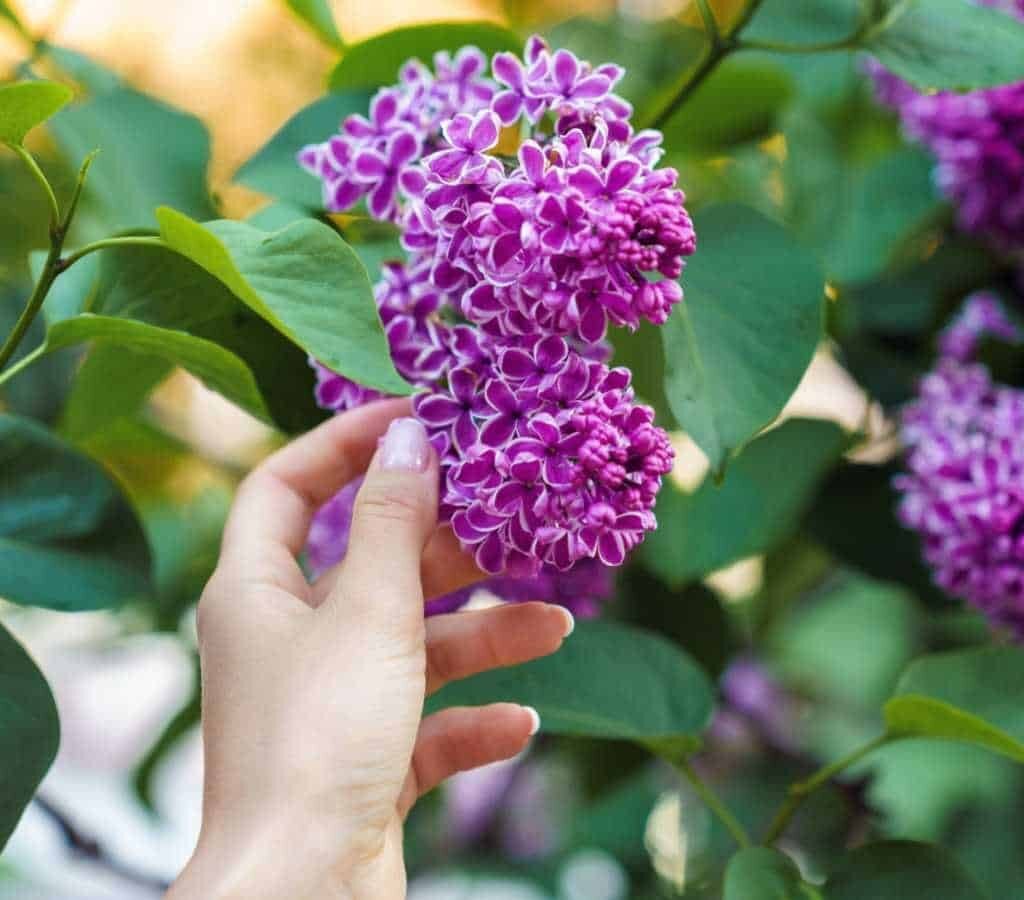
Lilacs are sun-loving plants. Adequate sunlight is critical for repeat blooming:
- Aim for at least 6–8 hours of direct sunlight daily.
- Insufficient light can cause poor flower bud formation and sparse blooms.
- In partially shaded areas, consider thinning nearby trees or shrubs to increase light exposure.
Tip: Full sun not only encourages more blooms but also enhances fragrance and flower size.
5. Provide Nutrient-Rich Soil
Proper nutrition is essential for lilacs to produce multiple blooming cycles:
Soil Requirements
- Well-draining, loamy soil with slightly alkaline pH (6.5–7.5).
- Avoid heavy clay or waterlogged soil, which stresses plants and reduces bloom potential.
Fertilization Tips
- Use a phosphorus-rich fertilizer (middle number in NPK ratio) to encourage bud formation and flowering.
- Apply fertilizer after spring blooms to support secondary growth and potential reblooming.
- Avoid excess nitrogen, as it promotes leafy growth at the expense of flowers.
Tip: Supplement soil with compost or well-rotted manure to improve soil structure and nutrient availability.
6. Ensure Proper Watering
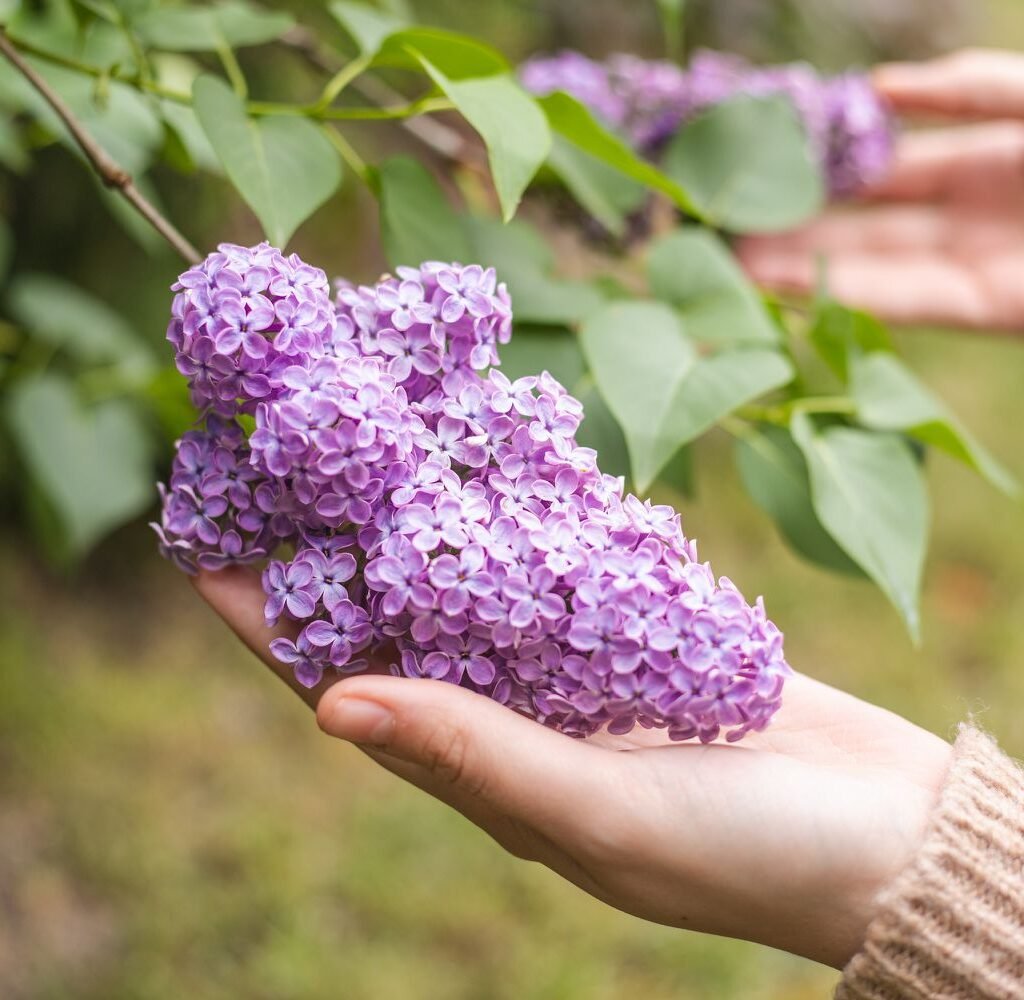
Water is critical for sustaining blooms:
- Deep, infrequent watering encourages strong root systems.
- Avoid water stress during flowering, as it can cause flowers to drop prematurely.
- Mulch around the base to retain moisture and moderate soil temperature, especially in hot summer months.
Tip: Consistent hydration supports both foliage growth and the development of new flower buds.
7. Deadhead and Encourage Reflowering
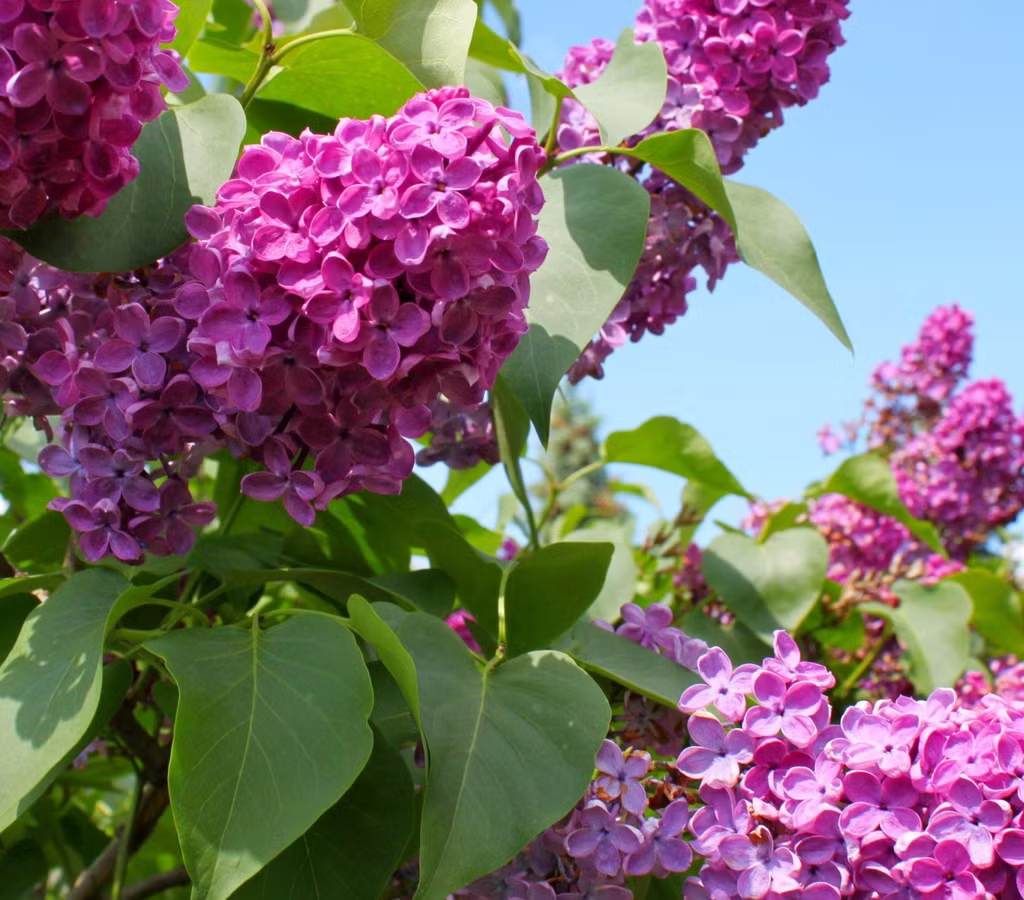
Deadheading is a proven technique to stimulate secondary blooms:
- Remove faded flowers as soon as they wilt.
- This prevents seed formation, redirecting energy toward new bud production.
- For some reblooming varieties, this can trigger a second flowering period in summer or early fall.
Tip: Deadheading combined with light pruning creates a continuous cycle of blooms.
8. Encourage Lateral Branching
Lilacs produce flowers on side branches of one-year-old wood. Promoting lateral branching increases the number of flowering sites:
- Pinch back growing tips in early summer to stimulate side shoots.
- Avoid excessive removal of new growth, which can reduce the potential for reblooming.
Tip: More lateral branches mean more flowers, giving the illusion of continuous blooms.
9. Combat Stress Factors
Stress reduces flowering potential. Lilacs are resilient but sensitive to:
- Drought: Prolonged dry periods stunt growth and bud formation.
- Pests: Aphids, borers, and scale can weaken plants and reduce blooms.
- Disease: Powdery mildew and fungal infections reduce energy for flowering.
Preventive Measures
- Inspect plants regularly and treat pests organically or chemically as needed.
- Apply preventive fungicide or choose mildew-resistant varieties.
- Mulch and water appropriately to reduce heat and drought stress.
Tip: Healthy, unstressed lilacs are far more likely to produce multiple flowering cycles.
10. Encourage Reflowering With Environmental Tricks
While genetics play a large role, gardeners can nudge lilacs into reblooming through environmental management:
- Cool Temperatures and Nighttime Drops: Reblooming lilacs often flower better when nights are cooler. If possible, plant in areas with good airflow and slight shade during hottest periods.
- Fertilizer Timing: Apply a light bloom-stimulating fertilizer after spring flowers fade.
- Avoid Heavy Summer Fertilization: Overfeeding during heat stress encourages leaf growth over flowers.
Tip: Combining correct pruning, fertilization, and environmental management maximizes the chances of repeat blooms.
11. Patience and Realistic Expectations
Even with optimal care, traditional lilacs rarely bloom more than once per year. Reblooming varieties are genetically predisposed to flower multiple times, whereas standard varieties may only produce a secondary bloom under ideal conditions.
Tips for Managing Expectations
- Focus on reblooming cultivars for reliable results.
- Treat additional blooms in standard lilacs as a bonus rather than a guarantee.
- Celebrate lush foliage and plant health as equally important as flowers.
12. Companion Planting for Extended Beauty
Planting lilacs alongside other complementary flowers can create a sense of continuous bloom in the garden:
- Late-blooming Perennials: Asters, chrysanthemums, and sedums can fill the gaps after lilacs’ initial bloom.
- Early Spring Flowers: Crocuses and tulips provide pre-bloom interest.
- Herbs: Lavender or thyme can attract pollinators and repel pests naturally.
Tip: A garden designed with staggered bloom periods ensures visual appeal even if lilacs bloom only once.
Conclusion
Lilacs are stunning, fragrant additions to any garden, but their once-a-year blooming habit can be frustrating. With strategic care—including pruning, fertilization, watering, deadheading, and choosing reblooming varieties—gardeners can extend the flowering season and even encourage multiple blooms.
Understanding the plant’s growth cycle, avoiding stress, and providing optimal sun, soil, and nutrients ensures lilacs not only survive but thrive year after year, rewarding gardeners with a display of color and fragrance well beyond spring.
By implementing these techniques, your lilacs can become a symbol of continuous beauty, offering vibrant flowers, lush foliage, and aromatic delight, making your garden a true seasonal showpiece.
Tip: Think of repeat blooming lilacs as a combination of science, care, and strategy—with attention to detail, your garden can enjoy lilacs that bloom more than once and captivate your senses throughout the growing season.
